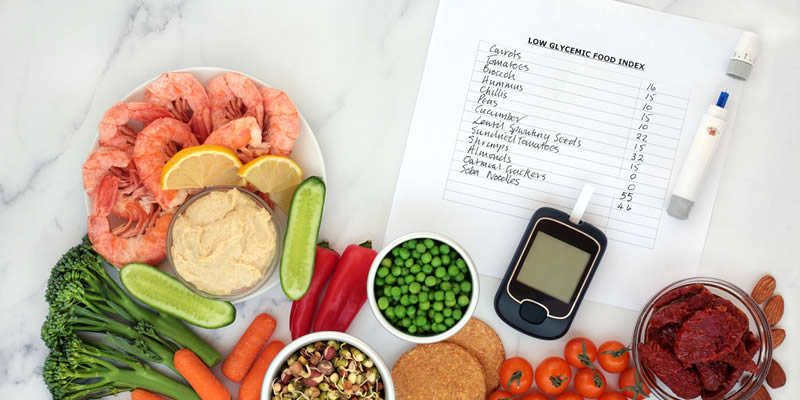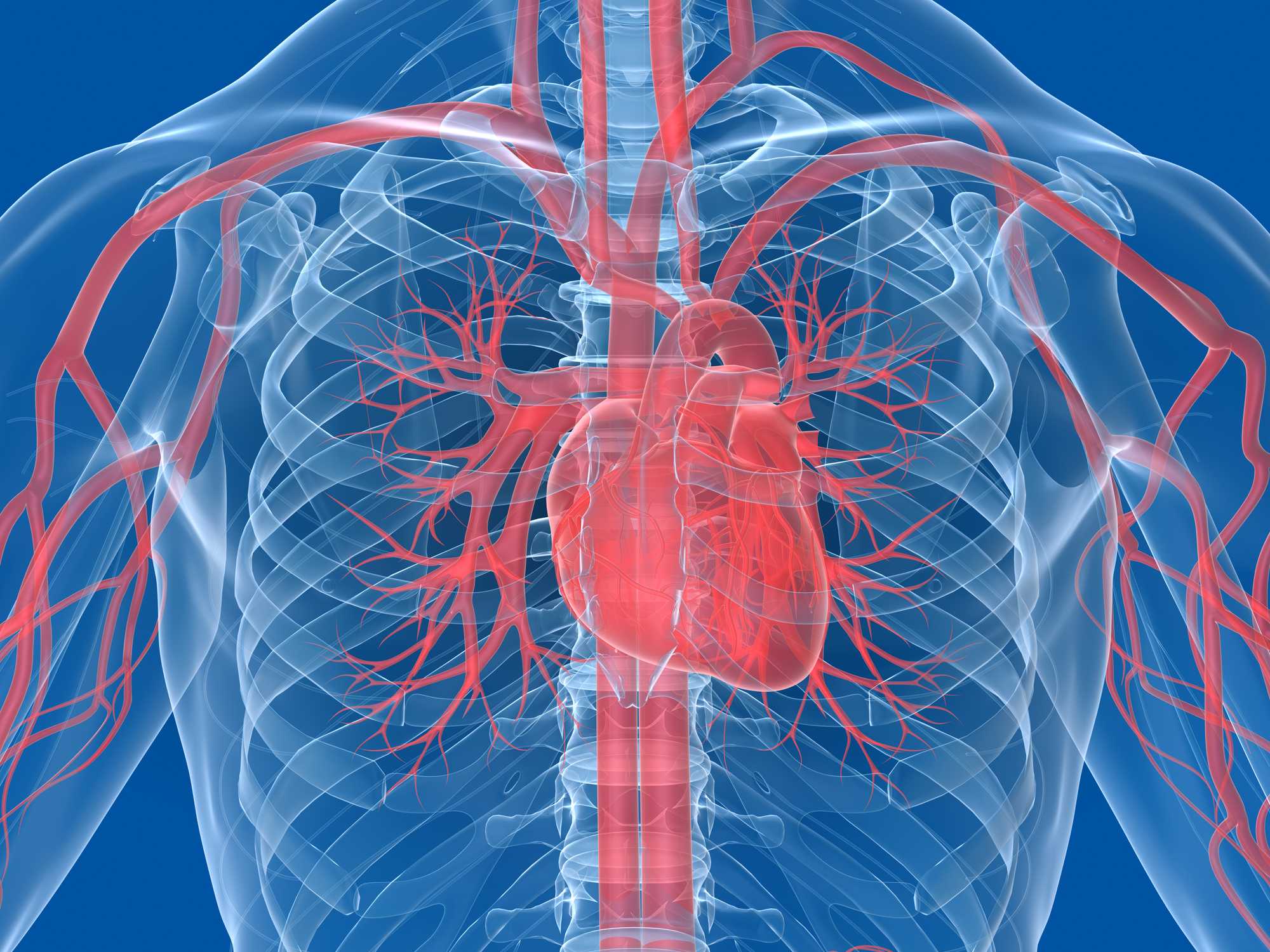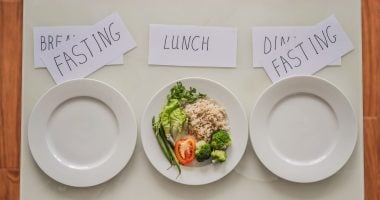People trying to lose weight are advised to avoid the high GI foods, eat the intermediate foods sporadically, and eat as much of the low index foods as they want.
Should people with diabetes eat a Glycaemic Index diet?
For people with diabetes striving to keep their blood sugar stable, a GI diet can make all the difference. However, there is a paradox, many foods with a low GI are relatively high in fat.
As one of the principal aims of people with type 2 diabetes is often to lose weight, some foods are better avoided.
For instance, a food such as cheese pizza has a low GI but would certainly be best avoided by people with diabetes who have heart disease
| Low | Intermediate | High |
|---|---|---|
| 55 or less | 55 to 70 | 70 or higher |
Is there any advice about the Glycaemic Index diet?
The general advice for people with diabetes is to consider the Glycaemic index as a reference only, yet not to regard it as a weight loss diet.
As with all dietary changes, people with diabetes should discuss everything with their healthcare professionals
So, do I just need to consider the GI Index of each food?
No, because low GI may be very high in fat.
Furthermore, different factors may affect the GI Index of foods, including the other foods it is eaten alongside and how it is made.
Furthermore, it is important to consider glycaemic load, which is derived from multiplying GI Index of each food with the total carbohydrate content of a serving.
This therefore illustrates how quickly the food breaks down into sugar, and also how much is contained in each serving.







